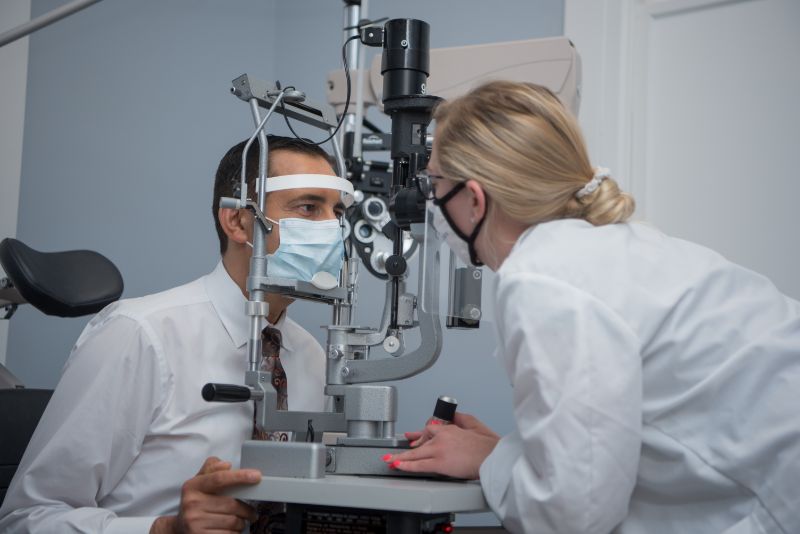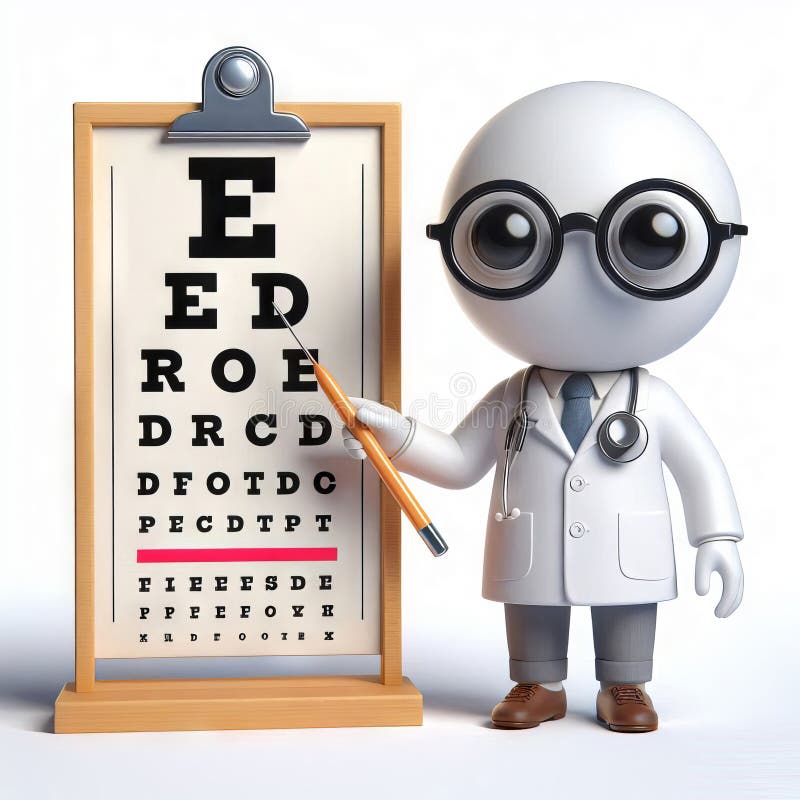The Comprehensive Eye Exam: What to Anticipate Throughout Your Visit to the Eye Doctor
A check out to the eye physician for an extensive eye exam is even more than a routine check-up; it is a critical action in protecting your visual health. What exactly occurs throughout the eye health evaluation, and exactly how does it influence the prescription procedure?
Initial Examination
The preliminary assessment during an eye exam serves as an essential foundation for understanding a person's visual wellness needs. This stage establishes the tone for the entire evaluation process, allowing the eye doctor to gather important information concerning the person's case history, lifestyle, and particular vision concerns. By carefully assessing any pre-existing conditions, drugs, or previous surgical treatments, the eye care professional can tailor the exam to deal with individual needs efficiently.

Additionally, the preliminary assessment is an opportunity for patients to voice any type of inquiries or problems, fostering a collective connection with their medical care supplier. This communication not only makes certain that the person feels informed and comfy but additionally empowers them to take part proactively in their eye wellness monitoring. Jointly, these conversations allow the eye doctor to devise a customized evaluation strategy, making sure optimum care and exact diagnosis.
Visual Acuity Examination
Starting the core elements of an eye exam, the aesthetic skill test is created to examine the sharpness and clearness of an individual's vision. This essential examination assists determine just how well an individual can recognize letters or icons at a standard range, usually making use of a Snellen graph (Optometrist Riverside). The chart consists of rows of letters that lower in size inside out, with the person placed at a customary distance of 20 feet
During the test, the person is asked to cover one eye and check out out loud the smallest line of letters they can see clearly. This process is duplicated for the various other eye. The outcomes are tape-recorded as a portion, with 20/20 vision suggesting regular visual skill-- where the patient can see at 20 feet what an individual with typical vision can see at that range.
The visual acuity test additionally determines prospective refractive mistakes such as myopia, hyperopia, or astigmatism, which could require corrective lenses. By developing a baseline of aesthetic performance, the test is a vital diagnostic device that aids the eye care expert in developing an ideal treatment plan tailored to the person's unique aesthetic demands.
Eye Health Assessment
Complying with the visual skill test, an extensive eye wellness analysis is conducted to guarantee the general wellness of the eyes. This essential section of the eye exam includes a complete examination of both the internal and external frameworks of the eye. The ophthalmologist or eye doctor begins by taking a look at the eyelids, cornea, conjunctiva, and sclera for any indicators of infection, swelling, or abnormalities. Using specific devices like a slit lamp, the professional gets a multiplied sight of the eye's makeup, allowing in-depth assessment.
Following, interest changes to the internal frameworks. With the use of ophthalmoscopy or fundus photography, the retina, optic nerve, and capillary are thoroughly assessed. This step is important for identifying conditions such as retinal detachment, glaucoma, or diabetic retinopathy. In a lot of cases, student extension is done to boost exposure of the internal eye structures, although this might cause temporary try here light sensitivity for the individual.
Furthermore, intraocular pressure is measured to evaluate for glaucoma danger. This is generally done using tonometry, which can identify raised pressure levels that could suggest possible damages to the optic nerve. Collectively, these assessments create a detailed analysis to keep ocular health and wellness.
Refraction and Prescription
Refraction is a sophisticated procedure carried out by eye care professionals to figure out the exact lens power required to fix refractive errors such as nearsightedness, astigmatism, hyperopia, and presbyopia. The objective of this procedure is to evaluate just how light bends as it passes through the eye, allowing the expert to identify whether corrective lenses are needed for boosted visual skill.
During the refraction process, the patient is asked to look via a phoropter, a device which contains numerous lenses. The practitioner will systematically alter these lenses and ask the person to contrast clarity between options until the most effective feasible vision is attained. This procedure is important in crafting an exact prescription that specifies the proper lens power for eyeglasses or contact lenses.
The prescription obtained from this treatment not only enhances vision but likewise offers as a foundation for selecting suitable rehabilitative eyewear. It is vital to make certain that prescriptions are on a regular basis upgraded, as modifications in vision can occur in time, stressing the relevance of routine eye exams. This precise focus to information aids preserve clear, comfortable vision in every day life.
Follow-Up Recommendations

Throughout a follow-up visit, the eye doctor will perform a series of tests to examine visual acuity and look for any type of modifications in vision that could require an upgrade to the prescription. Furthermore, the follow-up offers a chance to review any pain or issues experienced with existing eyeglasses. Modifications can be made to ensure comfort and efficiency, whether via lens adjustment or framework adjustments.
For people with ongoing problems such as glaucoma, diabetes-related eye issues, or macular deterioration, even more regular follow-ups may be necessary. These visits are crucial for handling and possibly slowing the progression of eye condition. Abiding by these suggestions can substantially add to preserving aesthetic wellness and avoiding lasting difficulties.
Final Thought
The thorough eye examination i loved this is a crucial process for keeping aesthetic health and wellness, including a detailed assessment of medical history and vision concerns. Trick components consist of the visual skill test, which reviews eyesight clearness, and the eye wellness analysis, which takes a look at the overall problem of the eyes.
A see to the eye medical professional for an extensive eye examination is more than a routine exam; it is a vital step in securing your aesthetic health.Kicking off the core elements of an eye evaluation, the visual acuity test is created to examine the sharpness and quality of a client's vision.Following the aesthetic acuity test, a comprehensive eye wellness assessment is performed to guarantee the total wellness of the eyes. These gos to permit the eye care expert to monitor adjustments in vision, upgrade prescriptions, and examine the overall wellness of the eyes. Secret parts include the aesthetic acuity test, which assesses sight clearness, you can check here and the eye wellness analysis, which analyzes the overall condition of the eyes.